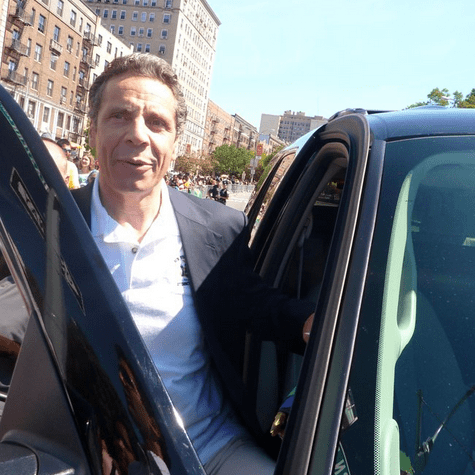
NY1's Zack Fink reports that last week's Albany budget deal raised the MTA's debt ceiling to $55 billion (about one-third higher than the previous cap of $41 billion). That's $14 billion more in potential borrowing that, in all likelihood, straphangers will pay off in the form of higher fares.
The increase in the debt ceiling wasn't a surprise, since it was included in Andrew Cuomo's draft budget, but it's worth taking a quick look at how this fits with the governor's broader strategy of saddling MTA riders with the burden of paying for the authority's capital program.
Recall Cuomo's original bait-and-switch. In October, he agreed to cover $8.3 billion of the MTA's $26 billion, five-year capital program from "state sources." Then a few months later he released a budget proposal with no additional state funds for transit, just a notional commitment to pay for the capital program once the MTA's own resources "have been exhausted."
With the increase in the MTA's debt limit, the authority now has $14 billion in new borrowing capacity to exhaust. The point at which the state would have to commit its own resources has been pushed farther into the future. Cuomo will probably be out of office by then. Not his problem.
But for the people who ride MTA trains and buses, especially people whose budgets are stretched tight already, paying off that debt will be a serious problem.





